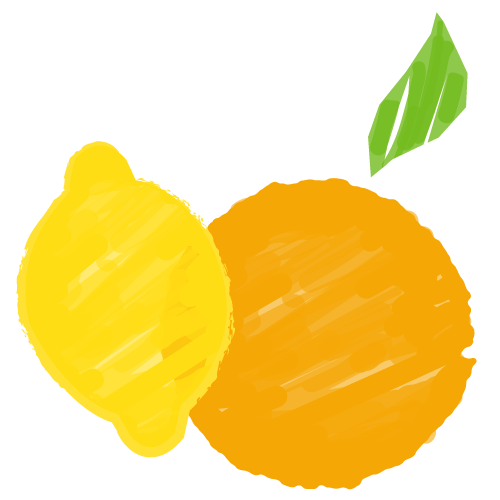- Great tasting fruits and vegetables begin with proper storage at home. Use the FIFO rule: First In, First Out. Use whatever is oldest first and continually rotate your stock to ensure freshness and reduce waste. The FIFO rule applies to all types of foods—fresh, frozen, canned and dried.
Fresh Fresh foods are best used the day of purchase, or within several days. Some, like potatoes and carrots, can be kept longer if stored properly. There are no general rules, however, when it comes to storage of fresh produce items, because they all have different requirements. Some fresh items, such as peaches, plums and nectarines, can be left at room temperature until ripe, then refrigerated until ready to use. Some fresh items, like tomatoes, should never be refrigerated, because cold damages texture and ultimately taste.
Frozen All frozen foods should be stored at 0 degrees Fahrenheit or less. The maximum length of storage for frozen items varies, but for most fruits and vegetables a good rule is six months.
Canned Most canned foods have a shelf life of about two years, if they are stored at a constant temperature of about 75 degrees Fahrenheit, and as long as the can is not leaking or bulging. Check canned foods periodically, rotate stock using the FIFO rule and discard any leaking, bulging or dented cans.
Dried Dried foods should be stored in cool, dry, dark areas. Storing in airtight containers in the refrigerator is a great option. Recommended storage times for dried foods range from 4 months to 1 year. Because food quality is affected by heat, the storage temperature helps determine the length of storage; the higher the temperature, the shorter the storage time.
SOURCE: fruitsandveggiesmorematters.org, July 2007.
